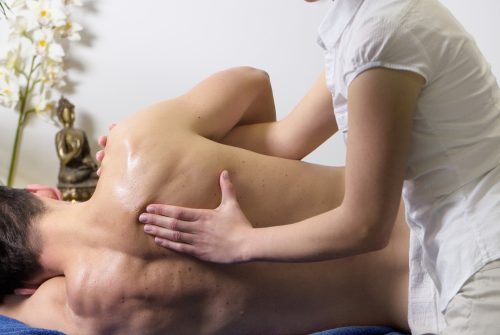Feeling some discomfort, achiness or even pain in your shoulder? Worry not! We'll be discussing what your shoulder pain could be, the causes, and of course the remedies for shoulder pain!
This here post is a bit on the long side, so feel free to read what you feel most applicable to you and use the table of contents to your full advantage as well.
However please take the time read through the disclaimers and warnings, as none of this should be substituted as medical advice in this blog post!

Hey You! Looking for a certain part in the post? Use this table of contents to help guide you to where you want to be!
Table of Contents
*Disclaimer*
What we discuss in the entirety of this post isn’t a substitute for medical advice – and is for educational purposes only! Please consult a physician if you have any concerns about your health that you feel like need to be addressed immediately!
The Causes of Shoulder Pain
To be the most mobile joint in the body, sacrifices in stability have to be made!
Think about it this way, a door with a single hinge on it rather than two, can move more freely right? However it’s much easier to snap off and break!
Unfortunately, the same applies with our shoulder joints; it’s just the very nature of it.
What this means, is that a tonne of mechanical injuries can be the causes for our shoulder pain compared to other conditions!
Here are some conditions that can contribute or be the cause of your shoulder pain:
- Impingement
- Rotator Cuff Tear
- Frozen Shoulder or Adhesive Capsulitis
- Tendonitis
- Strain/Sprain
- Subluxation/Separation
- Dislocation
- Fracture
- Osteoarthritis
- Rheumatoid Arthritis
- Trigger Points/Muscle Knots
- Thoracic Outlet Syndrome
- Fibromyalgia
- Infections
- Tumours
- Nerve Injuries
- Heart Attack
Unsure of what to make of all these potential conditions? Don’t worry, we’ll run through what each of them means one-by-one.
Let’s start by grouping up these conditions to better understand them.
All of these conditions will be classified underneath either mechanical injuries, pain syndromes, degenerative conditions or physiological insults! (No not like a “yo mama joke”, like an injury of some sort).
Please note that these are by no means FORMAL classifications of these conditions – there are many ways to classify and group them up, however, we’re just doing this for simplicity’s sake!
Mechanical Injuries
Impingement:
This occurs when the space, called the sub-acromial space in our shoulder joint doesn’t have enough space to move around. When you start raising your arm, your shoulder bone – the humerus can press on something called a bursa – causing pain and inflammation.

Rotator Cuff Tear:
We have 4 muscles that help move our shoulder joint in various ways – called collectively our rotator cuff muscles.
If you’re doing something too strenuous, or experience any trauma like lifting something too heavy, or getting into an accident – these muscles can tear either partially or completely – causing loads of pain and inflammation!
Even after some healing after the acute stages, the pain can still remain – which known as Chronic Pain.

Image from Bodyharmonics
Strain/Sprain:
Similar to a rotator cuff tear, if you involve yourself in something too strenuous for your tendons/muscles and ligaments to handle, you can cause minor to major tears to occur which lead to once again, pain and inflammation.
The pain can remain even after the early/acute stage – leading to chronic pain even when the healing is essentially done!
Subluxation/Separation:
A Subluxation or separation of the shoulder (glenohumeral) joint can occur in times of mechanical stress.
For example, I was once doing dumbell presses in High School and subluxed my shoulder – what happened was that the shoulder joint quickly popped in and out.
Had it stayed completely popped out, it’d be classified as a dislocation, however it was only partially/incompletely dislocated – therefore it was considered a subluxation.
I think one can imagine how this could lead to shoulder pain!

Image from Dreamstime
Dislocation:
The full extent of a subluxation or separation leads to a dislocation – which can occur in basically any joint in the shoulder!
Acromioclavicular, Glenohumeral, sternoclavicular, you name it, it can probably dislocate!
A dislocated joint means that there are things in places they’re not supposed to be, pressing on other tissue and nerves – leading to pain!
Fracture:
Enough mechanical stress won’t just cause strains, tears or dislocation but actually break the bone apart – known as a fracture.
Parts of you breaking apart is already painful enough – but undergoing enough force to break apart bone means that you likely don’t ONLY have a fracture.
Nerve Injuries:
The part of our bodies that lets us feel things and controls our movement is our nervous system.
Nerves, when injured can cause all types of pain and discomfort, which usually stem from some type of mechanical injury.
Crushing, compression and more can lead to nerve injury – causing pain all around us.
The nerves around our shoulder are no different – like the axillary nerve which controls some of our rotator cuff muscles, and our actual deltoid muscle itself.

Image from Mount Sinai.
Pain Syndromes
Trigger Points/Muscle Knots:
You might have felt some of these little rascals at some point in your life. You can get them all over your body, and when they’re in their acute stage – where they cause pain even without you pressing on them – they can be irritatingly debilitating!
They’re considered hyperirritable nodules that reside in taut (think of an elastic band pulled all the way) bands of muscle fibers.
Their backgrounds are still a mystery, but we know how to help get rid of them which is nice!

Thoracic Outlet Syndrome:
Thoracic outlet syndrome is a strange phenomenon that occurs when there is compression or damage of certain nerves that travel from our spinal cord through our neck, chest/shoulder muscles and into our arms.
This causes referral pain down from the neck into the shoulders and arms – which can come in the form of tingling, burning and/or aching pains!

If the nerve, artery and/or the vein are compressed, it can lead to symptoms of thoracic outlet syndrome.
Fibromyalgia:
Another strange phenomenon that usually affects the entire musculoskeletal system, as well as sleep, mood and memory.
This condition has the potential to cause pain in the shoulders by sheer virtue of amplifying any pain that might already be there.
Frozen Shoulder/ Adhesive Capsulitis:
This entire list is filled with strange phenomenon for conditions, and this one isn’t any less strange.
Frozen shoulder is what it sounds like – you lose range of motion in your shoulder, being unable to lift it up as easily and as pain-free as normally.
This anomaly can resolve itself, taking up to 3 years or even longer sometimes.
However it’s much better to be proactive in treatment rather than just waiting and hoping for the best.

Image from Orthopedic Specialists.
Degenerative Conditions
Tendonitis:
Although not traditionally something of a “degenerative condition” per se, contrary to popular belief – it’s not something that simply goes away with rest.
Some form of an intervention is recommended by most health care practitioners when tackling tendonitis to help you keep doing what you love without pain and worry.
Tendonitis is a irritation of the tendons in our body – connective tissue that attaches our muscles to bone.
This usually occurs from repetitive motions, especially of those that are regularly physically active.
This can occur in any tendons of the muscles in our shoulders, most notably the rotator cuff muscle known as the supraspinatus.
Osteoarthritis:
Degeneration of a tissue in our body called cartilage, something that lines our joints to protect them from friction and and rubbing.
This can gradually happen as we get older, and the pain we feel comes from that friction becoming closer and closer to our joints rather than the cartilage meant to protect it.
This doesn’t occur as frequently in shoulders compared to places like the hands, feet, knees and hips – but still not impossible!

Image from orthoinfo.
Rheumatoid Arthritis:
An autoimmune condition, where our immune cells mistakenly attack the cartilage that lines our joints to protect them from friction and rubbing – leading to inflammation and pain.
The shoulder joint isn’t immune to this and can be afflicted by this condition.

Image from practicalpainmanagement.
Degenerative Conditions
Infections:
An infectious process in the vicinity of your shoulder can of course lead to pain, especially the more severe the infection becomes. Pro-inflammatory cells can cause this place to swell up, leading to mighty amounts of pain and discomfort.
Tumours:
Cancerous cells can form in almost any portion of our body; muscle, bones, immune cells and more can all become cancerous, and if they initially appear close to your shoulder region – it can lead to pain in the area.

An Example of a Shoulder Sarcoma. Image from Journal of Shoulder and Elbow Surgery.
Heart Attack:
One of the classical signs of heart attack can be of chest, shoulder and arm pain – this isn’t always the case and can sometimes be variable based off of many factors including age, sex, etc.
If you suspect you may be having a heart attack, please contact medical services and/or a doctor immediately!
Treatments & Remedies for Shoulder Pain
There are a variety of causes for shoulder pain, so it shouldn’t be a surprise that there’ll be an abundance of remedies for shoulder pain!
Remember that it’s always best to work with a health care practitioner one-on-one in order to figure out what unique concerns you may have that need to be addressed.
If you have symptoms of something more serious or urgent, please see a physician immediately.
Generally speaking, especially for more mechanically caused pain – exercise is key to both reducing pain and returning to function.
Things like over-the-counter pain medications, ice/heat and rest may work temporarily, but won’t necessarily address the root cause.
The following remedies for shoulder pain include mobility, stability and strengthening exercises, as well as some massage therapy as well!
Try some of these out and see how they feel, however if there is any pain or if you feel any abnormal symptoms, you should discontinue the exercise and seek help from a health care practitioner.
Mobility Exercises for Shoulder Pain Relief
Lots of people want to be flexible – that’s usually achieved through static stretching, just sitting in one place and working through a stretch.
Although this can sometimes be useful, it can also be a bit dangerous.
When you become more flexible you train your nervous system to feel “safe” putting your muscles into a more and more stretched position.
However, it can put your joints at risk when you’re TOO flexible, and are unable to stabilize your joints in those elongated positions.
That’s why having mobility is important – you perform active stretches or dynamic ones that increase your flexibility in a functional manner.
Not only that, but many mobility exercises require a certain amount of stability – meaning that in order to get into that position, your muscles and connective tissue have to actively work on some sort of resistance training to be in that position!
Now that’s a real workout – that’ll give you not only the results you want, but in a safe manner!
Here we’ll be working on rotator cuff mobility & stability specifically.
1. Swimmers
This is one of my favourite exercises for your posterior chain, as well as your shoulder. You’ll be stuck internally, externally rotating your shoulder while resisting the omni-present force of gravity while you raise your arms above and below your head.
2. Dragon Serves Tea
A classic Tai-Chi derived movement some people may have seen me perform before – great for frozen shoulder like symptoms (in the mid-chronicity stage) – since we’re forcing you to move through all the available movements
3. Rainbows (Standing Wall Thoracic Rotations)
I struggle with this specific movement – so I think I need more practice! This is a great movement to do – even if you don’t have rotator cuff issues, but neck pain or issues with your upper back!
Dragon Serves Tea - Specific Exercise for Shoulder Mobility
Let’s dive in a bit deeper into this movement since it’s so great for shoulder rehabilitation!
I’ve seen this movement and its variations around, but I believe not too many outright tutorials have been done on this, so here it is!
Use this for any upper back, neck shoulder issues, where movement, range and pain might be an issue! Getting everything in the upper body to move is great for you, as long as it’s not causing any serious pain of course!
Around the World - Specific Exercise for Shoulder Mobility
Stiff Shoulders? Sore from your workouts and sports? Or perhaps from just the office work you have to all day while stuck at home.
Try this awesome mobility exercise that you can do anywhere that you have a wall!
This movement is especially good if you have “tight pecs and lats”, as these medial rotators can lack range of motion from constantly having our arms below shoulder height.
Most of the time we don’t have to raise our arms above us for long periods of time, so it’s easy to see how we’d probably lack mobility in those ranges as well!
Strengthening
Let's do some simple strengthening!
Let’s do some shoulder strengthening!
A lot of the times when we experience pain or discomfort, we avoid using that set of muscles, or stop moving that area in general.
Unless you’ve been in a severe accident or had your bones dislocated, or essentially any urgent/emergency situation has occurred – completely becoming stagnant and sedentary will NOT help you whatsoever!
Your body thrives on movement and usage. The ol’ principle of use it or lose it is VERY applicable here.
If you hurt your shoulder – or anything for that matter, and you decide to just let it “rest”, then your muscles will experience atrophy after a week. The surrounding connective tissue will likely direct nutrients elsewhere to places that are moving, as opposed to focusing in on that area.
That leads to more pain, more discomfort, famished cells in the area – especially sensory receptors that will likely become even more agitated over time.
Now you’ve created a positive (not a good positive) feedback cycle of PAIN.
That’s why it’s important to start moving, to start strengthening, to start utilizing your body and pump in blood flow; therefore nutrients, ASAP! Especially after an injury!
Of course there are exceptions to the rule – don’t overdo it, don’t go beyond your limits, and try to move in a pain-free range + load.
Here are some you can try:
1. No Moneys
This movement can specifically help your rotator cuff muscles specifically your teres minor + infraspinatus, the lateral rotators with strengthening.
2. Cheerleaders
This is a good general warm-up to start with when focusing your shoulders/rotator cuff – It’ll work out most of them!
3. Prone IYT’s
These 3 movements are a must-do when it comes to rotator cuff/shoulder rehab – they can sometimes be provocative in nature, since they’re not a piece of cake to do, especially with weight. All these movements involve above the shoulder movement, (sort of, with the T), and are important to slowly train!
Lets use some tools to help with shoulder pain relief!
Here’s the finale on treatments that you can do on your own for your shoulder pain, more specifically your rotator cuff injuries!
So far we’ve talked about mobility, stability and strengthening work to help get you even further than where you were before the injury!
But how about if it’s just too painful to move around in the first place? What if you can’t even get into a position to do mobility or strengthening work without it being really uncomfortable?
That’s where manual therapy – massage, joint mobilizations, acupuncture and more, come into play!
These passive techniques can help reduce pain, quell the discomfort of swelling and help increase your pain-free range of motion!
Can’t see a Massage Therapist or another health care professional to help with that? Using foam rollers, recovery balls and massage guns aren’t a perfect replacement, but there’s as close as can be!
Here we’ll be using a massage gun to release and relax the larger muscles in our shoulder girdle, hopefully decreasing the amount of sympathetic input to the area, decreasing your pain and discomfort!
First off we’ll be hitting your trapezius muscles – they’re muscles that are classically known for being “tight” and filled with muscle knots. This area can be quite sensitive to be gunning down with a massage gun – so start off nice and gentle.
Secondly, we’ll be hitting the two (of three) different heads of your deltoid, or shoulder muscle – the front and side specifically!
Lastly – the latissimus dorsi, or your wings are a good place to hit too! Angling to go underneath your armpit into the meaty portion of your lat is probably the easiest way to do this when you’re trying to massage yourself alone. Otherwise, laying on your stomach and having someone do it for you is probably the most effective since your lats are such a huge muscle on your posterior side.
This one exercise helped me with my own shoulder pain.
This exercise we’re covering today doesn’t really have a name, I just made it up since this was the motion I struggled with the most.
Doing this while standing just didn’t do the trick since so many mucles were activating just to keep my spine and body upright.
Lying down, forcing my muscles to relax, and turning on specific ones (as best as I can) was what would work best.
The scapular protraction or shoulder blade abduction is done to further push your shoulder out – making it “less stable”.
Then we slowly flex and extend our shoulder slowly in that protracted position, and at times, slowly adducting and abducting our shoulder (making it closer and further from our body) to train those PAINFUL and UNCOMFORTABLE positions.
Micro movements make up the big flash movements, so it’s important to train these as well!
If you don’t feel anything while doing this movement (discomfort, weakness or pain) – you either don’t have a shoulder injury in your rotator cuff (the lateral portions), or aren’t using “minimal effort” to better isolate the smaller rotator cuff muscles.
Massage
Ready to get Shocked?
Here we have a super special video of myself performing some electrical nerve stimulation – some might call it TENS, and you wouldn’t be far off from it, on a patient!
Here I’m targeting, generally the brachial plexus in an area where the nerves become more superficial.
With this device you’re sending in low frequency (~10hz) into the area, hijacking the motor system of the patient, getting some awesome contractions in the entire shoulder girdle!
Radial nerve (Triceps), accessory nerve (trapezius), dorsal scapular (rhomboids + levator scapula) and more are all being stimulated simultaneously!
But what does this mean therapeutically, and isn’t this the same as TENS?
First of all – we’re sending in contractions that your own body is incapable of performing in a similar manner, yes you can move your muscles and contract them, but not like this.
Having this external motor input stimulates of course your motor nerves, sensory nerves that are mingled in, proprioceptors that are in charge of telling you where your body is in space.
With all this stimulation going on, at some point, your receptors that have to deal with taking in all this information will slowly adapt and the contractions will auto-regulate and decrease until they’re nearly invisible despite not messing with the intensity of the electro-stim device.
Then bam – your range of motion has increased, the tone of your muscles has changed. Local blood flow has been achieved, and your pain should have decreased a truckload!
Now you’re ready to be taught remedial exercises that were once painful or difficult to perform, as well as any lifestyle changes that need to be adjusted, like movement patterns, dynamic postural changes, etc.
Good ol' fashioned Massage!
There is so much important musculature and connective tissue surrounding our glenohumeral and scapulothoracic joint.
Because of the huge range of motion and movements that these two joints are capable of – it becomes comparatively easier to injure the area!
Rotator Cuff muscles like the teres minor & subscapularis, large-scale medial rotators like the lats and teres major are important muscles to work on, and here they are!
That's all folks!
This was a huge mega blog post on shoulder pain! With so much to cover, there was likely even more information that needed to be elaborated on!
However, hopefully this is sufficient as just some of the many remedies for shoulder pain.
Need a little help?
Let’s say that doing it yourself doesn’t really work – that’s fine! Sometimes a little help will come along the way. You can always see a health care professional, wherever you are, and whether or not that’s a Registered Massage Therapist is up to you!
However, if you’re looking to have treatment with a health care professional about a pain problem or functional issue you have, and happen to live in the Greater Toronto Area, specifically Mississauga. You’re always welcome to come see me in person! You can book online with a click of a button!
Book an Appointment!

Richard Lam
Richard is the owner of Vital Wellness centre and practices as a registered massage therapist with a specialty in therapeutic massage, utilizing techniques including manual therapy, contemporary medical acupuncture and PDTR.
Leave a Reply!
connect with us
Don’t be shy, we want to get to know you! Follow us on these platforms and receive unique content related to kick-starting your journey into becoming pain-free.
Recent Posts
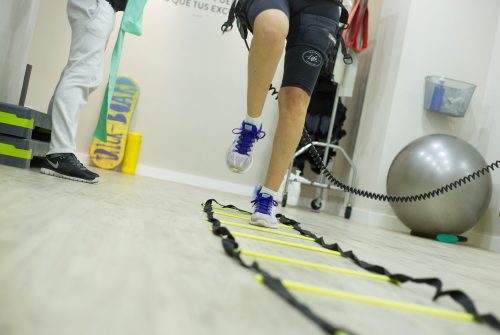
Therapeutic Massage: The new revolutionary way of treating pain problems.
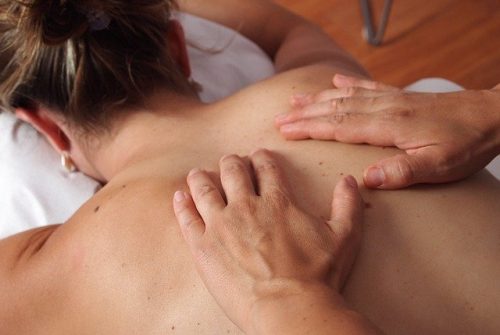
Everything you need to know about Relaxation Massages.
